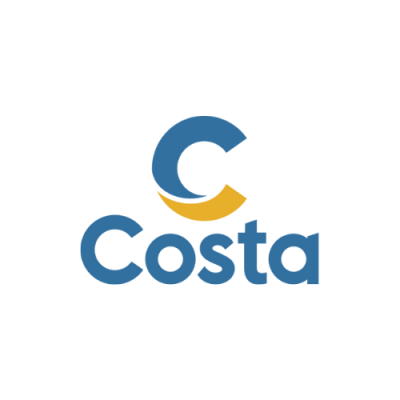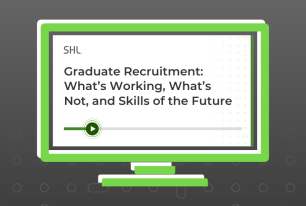Our Solutions
Whatever the job role, SHL has the solution to help you confidently select candidates with the perfect balance of potential, readiness and fit.
Predict performance and stay ahead of the market
50%
Streamline Hiring Process
Utilizing SHL's AI-powered hiring tool led to a 50% reduction in time-to-hire for a global tech giant.
76%
Enhance Hiring Decisions
A leading high-street retailer witnessed 76% of new hires exceeding expectations.
88%
Showcase Employer Brand
88% of candidates chose SHL's client as #1 after engaging with SHL's immersive assessments experience.
Our Customers
Your Strategic Talent Acquisition Partner
Whether you want to understand candidate fit, readiness or potential, SHL will provide a neatly packaged, simple-to-deploy solution to help you get what you need from your hiring program.
Speak to our experts



















